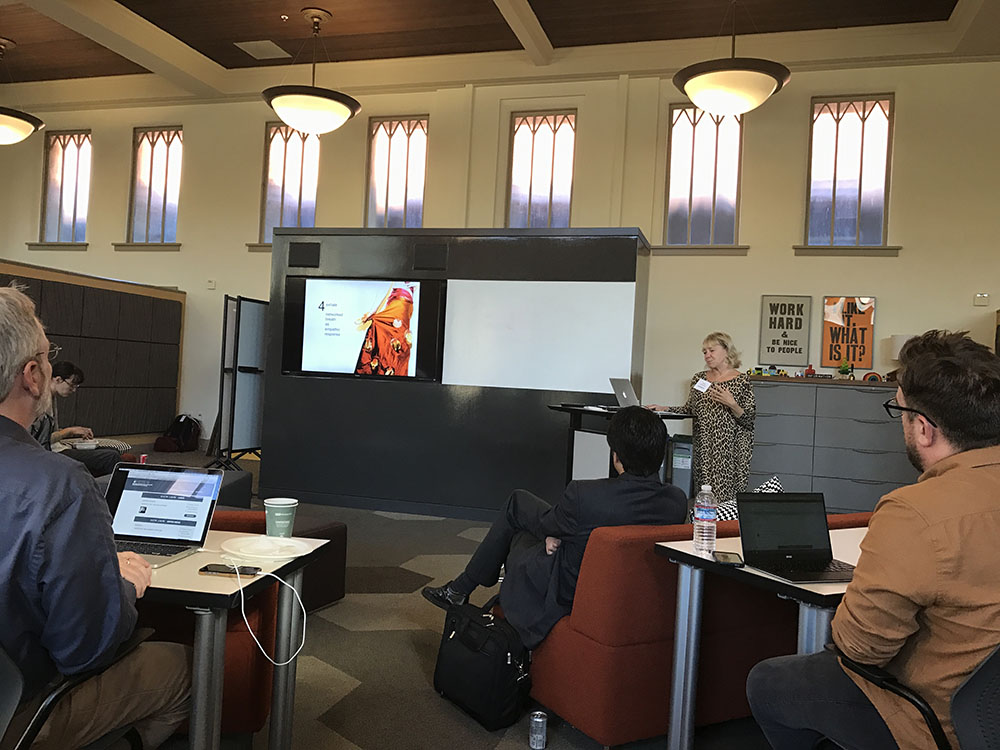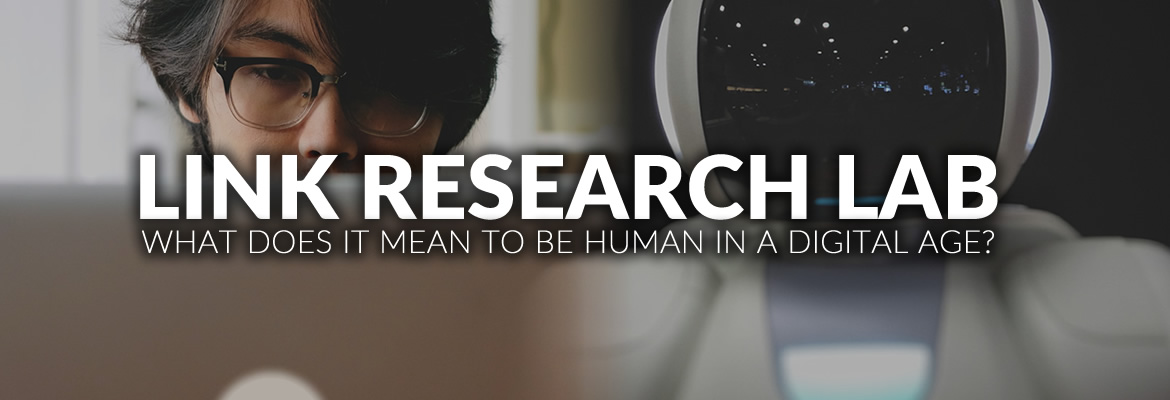 The 2016 aWEAR Wearable Technologies, Knowledge Development, and Learning Conference was held right before the Thanksgiving holiday at Stanford University in Palo Alto, California.
The 2016 aWEAR Wearable Technologies, Knowledge Development, and Learning Conference was held right before the Thanksgiving holiday at Stanford University in Palo Alto, California.
Researchers and attendees came from all over the world to hear dynamic presentations and have valuable discussions on where wearables fit into the evolving world of education.Three thought-provoking keynotes and various stimulating talks were given to show the progress of current research and ignite discussion on where wearables actually fit when it comes the to the educational landscape. Additionally, mainstream technology like Fitbit and Microsoft Kinect and their implications were discussed, along with innovative devices such as sensory clothing and advanced eye tracking technology.
 Among the many speakers, LINK had the opportunity to present current research and projects. Dr.Catherine Spann presented on the relationship between psychophysiology and wearable computing, and shared some preliminary results from her ongoing study on self-regulation of adults and children. Dr. Matt Crosslin and Justin T. Dellinger presented on the interaction between wearables and virtual or augmented reality from a design and theoretical perspective. They discussed the current state of wearables and virtual reality while providing thoughts on future ramifications.
Among the many speakers, LINK had the opportunity to present current research and projects. Dr.Catherine Spann presented on the relationship between psychophysiology and wearable computing, and shared some preliminary results from her ongoing study on self-regulation of adults and children. Dr. Matt Crosslin and Justin T. Dellinger presented on the interaction between wearables and virtual or augmented reality from a design and theoretical perspective. They discussed the current state of wearables and virtual reality while providing thoughts on future ramifications.
At the center of all of the interesting gadgets and endless possibilities that wearables provide is the use of student data. Wearables provide educators with access to student data that goes beyond test scores and attendance. Wearables can provide a look into the mental and emotional state of learners through heart rate, skin conductance, eye activity, and other physiological markers. Wearables also open up the opportunity for learners to use their own data to correct or to  continue certain behaviors. Also, by having access to their own data in the early education, students can develop impressive statistical reasoning skills.
continue certain behaviors. Also, by having access to their own data in the early education, students can develop impressive statistical reasoning skills.
#aWEAR16 challenged educators to look at the learner as a whole person and not just a seat in the classroom. It also facilitated a conversation on how that same view can be brought into traditional education to create better educators and better students, and naturally a better person. The cost of wearables is decreasing, which is opening up the doors for them to potentially become classroom staples, and for the future of education to continue moving in a more innovative direction.


Leave a Reply